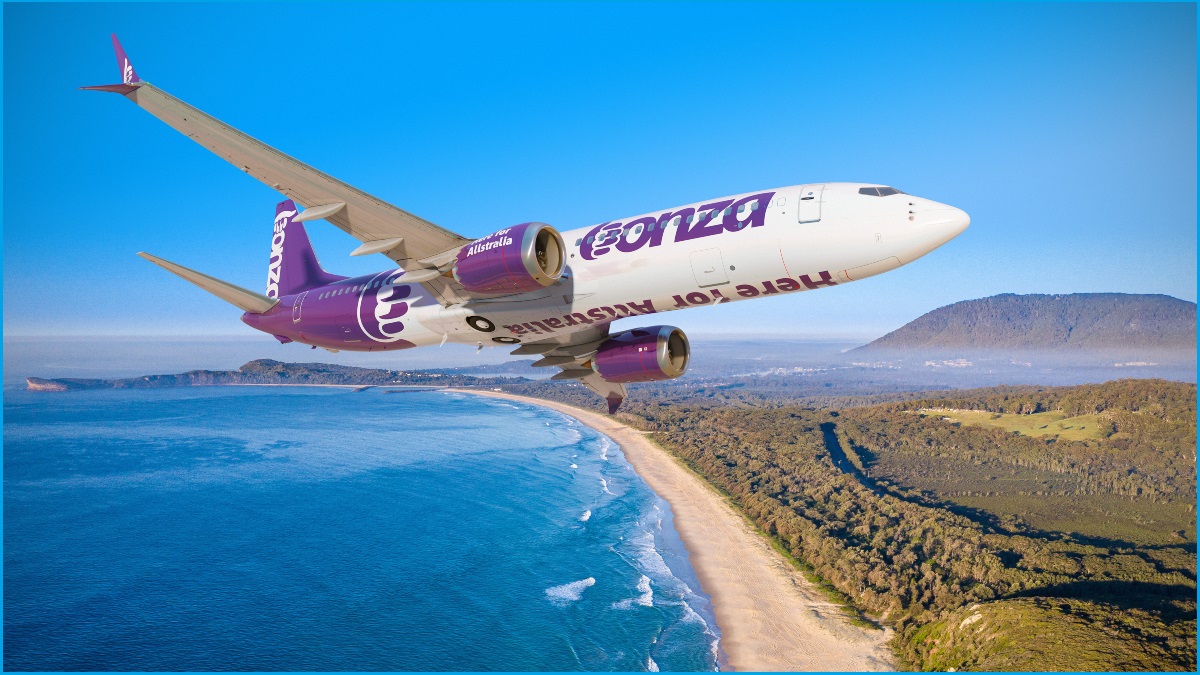This year’s launch of discount airline Bonza will diversify an industry struggling to rebuild after the pandemic – but with some airports too costly to access and the Ukraine war sending fuel prices skyrocketing, data-driven approaches to ticket pricing will be critical.
Boasting a diverse array of routes to regional centres and the promise of what CEO Tim Jordan called “ultra-low fares” designed for cost-conscious domestic travellers, the digitally-minded Bonza has indicated it will reduce administrative overheads by leaning heavily on app-based flight bookings, check-in and boarding passes.
Yet for all its effort to streamline the passenger experience, Bonza will launch into a cutthroat market in which operators face extreme uncertainty around the price of jet fuel – which, the ACCC noted in its latest quarterly Airline Competition in Australia report, comprised around 24 per cent of Qantas’s costs in the pre-COVID market.
That leaves Bonza and its rivals financially exposed to ongoing uncertainty around oil prices – which were up as much as 32 per cent since Russia’s invasion of Ukraine began, threatening to break all-time highs after the United States this week banned imports of Russian oil.
Tickets purchased two months ago for travel today were costed based on fuel prices that are much lower than they actually are – eating away at airline profitability as increased competition pushes prices lower but costs increase.
Fuel prices were a key factor in the demise of former cut-price airline Tiger Airways, and as airlines face wild price swings today, the same issues are resurfacing.
“Airlines now face a different challenge in trying to anticipate and response to individuals’ changing appetite to travel,” ACCC chair Rod Sims said, noting that ongoing staff isolation and fluctuating costs had meant “the entire aviation industry continues to face significant operational and financial challenges.”
Airlines try to buffer the impact of price changes through strategic hedging based on oil prices – but over the past year, rapidly changing prices have blunted the effectiveness of airline hedging, costing airlines billions.
And while fuel surcharges can soften the impact of fluctuations in fuel prices – albeit under the watchful eye of the Australian Competition and Consumer Commission – additional costs could challenge the profitability of a price model that is already so tight that Bonza can’t afford to fly to Sydney Airport.
A new approach to data
Facing such challenging operational conditions, airlines are increasingly turning to data to more closely track their operational costs.
By analysing data about consumers’ travel habits and trends, airlines aim to calculate customers’ willingness to pay (WTP) – the maximum price you will pay for to set ticket prices that protect profitability and better reflect their costs.
Long-used dynamic pricing models have used just a few dozen different fare prices that let them, for example, charge more on popular routes or increase prices as planes fill up.
To better compensate for changing consumer preferences and market unpredictability, airlines are now pushing towards continuous pricing – which uses AI to analyse current and projected market conditions, then offer a combination of flights and services customised for each consumer’s WTP.
While the person sitting next to you might want a no-frills ticket and only needs an overhead compartment for their backpack, for example, you might be willing to pay more for discounted extra luggage allowance or a rental car on arrival.
By compensating for changing consumer behaviour and market conditions, continuous pricing can boost profitability by up to 2 per cent.
Yet it also presents new challenges, not the least of which is that core airline systems are decades old and weren’t designed for so many fares, that are changing so often.
Airlines like Lufthansa and Air France-KLM have been leading the vanguard around continuous pricing, with new systems leveraging the global New Distribution Capability (NDC) protocol to allow airlines, travel agents and others to exchange data more readily.
Yet better collection and use of data isn’t only about charging customers more: by evolving from customer-centric to customer-obsessed, former Facebook ANZ CEO Stephen Scheeler, recently encouraged airlines to “figure out what’s making their customers’ hearts beat, what’s really driving them, and how they can figure that out with data”.
Rather than trying to upsell customers by promoting the luxury of expensive business-class seats, said Scheeler, who now heads executive consultancy The Digital CEO, airlines might consider ways to collect new types of data – for example, sleep quality monitors on every seat – that can improve the overall flying experience for all passengers.
Progressive airlines might, he said, “think about not just being the world’s safest airline, but how they can be the world’s best-sleeping airline, through the command of data.”
“And while airlines are notoriously unprofitable, maybe they can make more money from sleep science data because they have more people sleeping in a controlled environment than any other kind of business on earth.”
“It’s about thinking about your business differently using data.”









